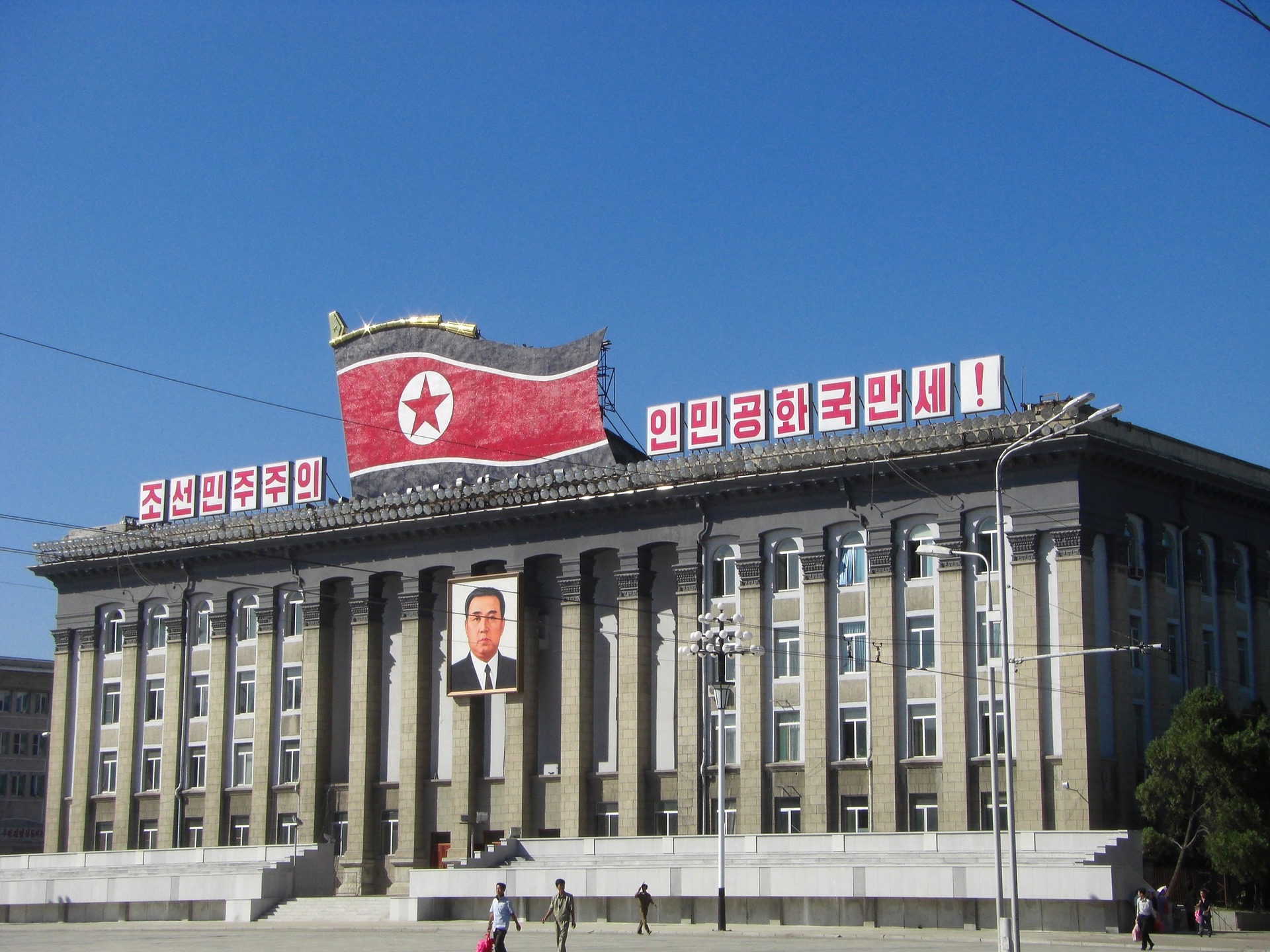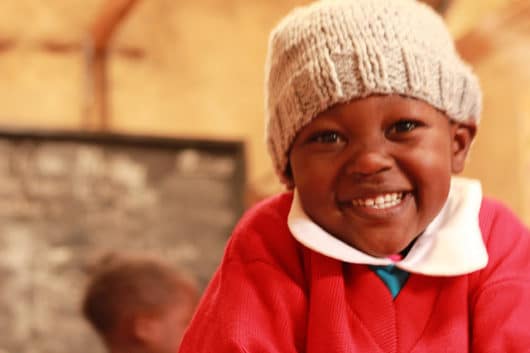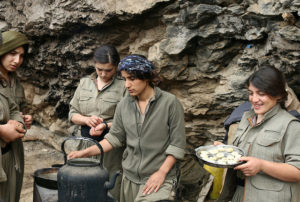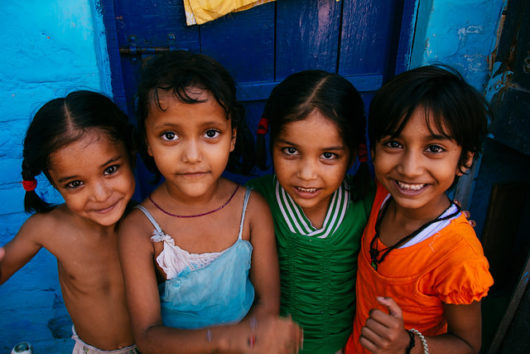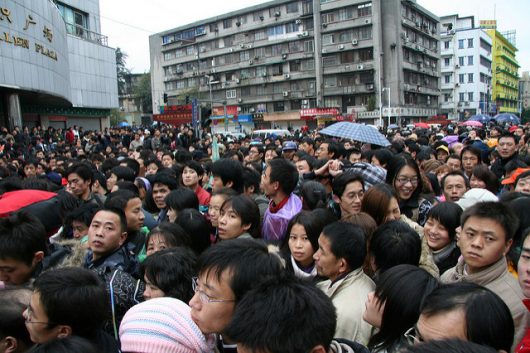
With people inhabiting the islands as early as 2400 B.C., Antigua and Barbuda have a rich history. First conquered by Spanish and French settlements in the late 15th century, the islands were later established as an English colony in the 1600s and didn’t gain their independence within the British Commonwealth of Nations until 1981. Here are the top 10 facts about living conditions in Antigua and Barbuda.
Top 10 Facts About Living Conditions in Antigua and Barbuda
- The government spends an estimated 2.5 percent of its GDP on education, with 91 percent of students enrolled completing the primary seven years of mandated education. Males are estimated to spend an average of 12 years in school, and females 13. Interestingly, the ratio of females to males continuing their education past secondary school is two to one.
- While the islands are technically independent, they still operate under a constitutional monarchy, meaning that British Queen Elizabeth II, represented by Governor-General Rodney Williams, is still their head of state. However, there is also a Prime Minister, Gaston Browne, and two legislative houses, the Senate and the House of Representatives, which is permitted by the constitution.
- Antigua and Barbuda are both destination and transportation countries for human trafficking, both sex trafficking and forced labor. Reports of sex trafficking in the form of prostitution have been described as occurring in bars and brothels, while forced labor is not as easy to spot, often seen in domestic and retail sectors. While the islands are not known for making valiant efforts to eliminate human trafficking, improvements in cases being taken seriously have been made in recent years.
- Tourism is a huge source of the islands’ GDP, as is common in the Caribbean region. Making up 60 percent of the roughly $2.4 billion GDP, it should come as no surprise that 80 percent of the labor force is in the service industry.
- While colonized by the British, sugarcane became a massive export of Antigua’s. Slavery was used as a means to speed up the exportation process. After the emancipation of these slaves in the nineteenth century, many Antiguan inhabitants developed a desire for self-governance, while others wished to form likenesses with other Caribbean nations.
- Driving is the most common form of transportation in Antigua and Barbuda, with taxis used extensively, and many drivers even taking tourists on sightseeing excursions. Bus systems are in place but rarely used. Additionally, local boats and ferries run often, and there are flights between Antigua and Barbuda.
- Those native to the islands tend to be relatively healthy, with life expectancies for men at around 75 years, and females 79 years. 5.5 percent of the country’s GDP is spent on health, ensuring that about 91 percent of the population had access to proper sanitation centers as of 2011.
- While the unemployment rate across Antigua and Barbuda is 11 percent, those who have stable incomes have become accustomed to modern technology, and are relatively well established. In 2008, it was reported that 97 percent of households had televisions sets, and in 2013, for every 1,000 people, there were 1,271 mobile phone subscriptions.
- Aside from tourism, the main labor categories on the island are industry and agriculture. The main agricultural products include cotton, fruits and vegetables, sugarcane and livestock. The main industries include the obvious tourism, construction and light manufacturing of items such as clothing and alcohol.
- Antigua and Barbuda have no major international disputes and maintain fairly peaceful. They have a variety of export partners, including Poland, Cameroon, the U.S. and the U.K. They import mainly from the U.S. and Spain.
Bearing these top 10 facts about Antigua and Barbuda in mind, it’s easy to see why so many people are drawn to these Caribbean islands. With such a rich history to delve into, locals are eager to show off the culture and beauty the country has to offer. Without the romanticization of many tourist websites, these top 10 facts about Antigua and Barbuda give a brief overview of different aspects of the islands.
– Emi Cormier
Photo: Google Images
 Science, Technology, Engineering and Mathematics are important for building and maintaining the development of any successful country. From the medical scientists, who develop treatments for diseases, to the civil engineers, who design and build a nation’s infrastructure, every aspect of human life is based on the discoveries and developments of scientists and engineers. The importance of STEM today should not be underestimated as its role is becoming increasingly significant in the future. The technology produced today is altering people’s lives at a rate faster than ever before. Consequently, it is vital for countries seeking to reduce their poverty levels to adopt new scientific research and technology. In doing so, these countries can improve their economy, health care system and infrastructure. As this impacts all aspects of society, the role of STEM in developing countries is of
Science, Technology, Engineering and Mathematics are important for building and maintaining the development of any successful country. From the medical scientists, who develop treatments for diseases, to the civil engineers, who design and build a nation’s infrastructure, every aspect of human life is based on the discoveries and developments of scientists and engineers. The importance of STEM today should not be underestimated as its role is becoming increasingly significant in the future. The technology produced today is altering people’s lives at a rate faster than ever before. Consequently, it is vital for countries seeking to reduce their poverty levels to adopt new scientific research and technology. In doing so, these countries can improve their economy, health care system and infrastructure. As this impacts all aspects of society, the role of STEM in developing countries is of 